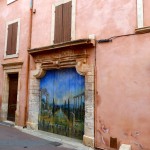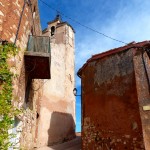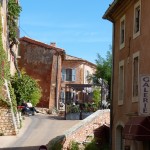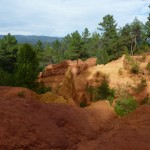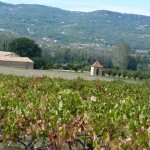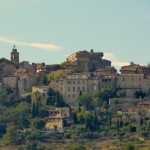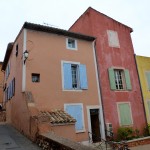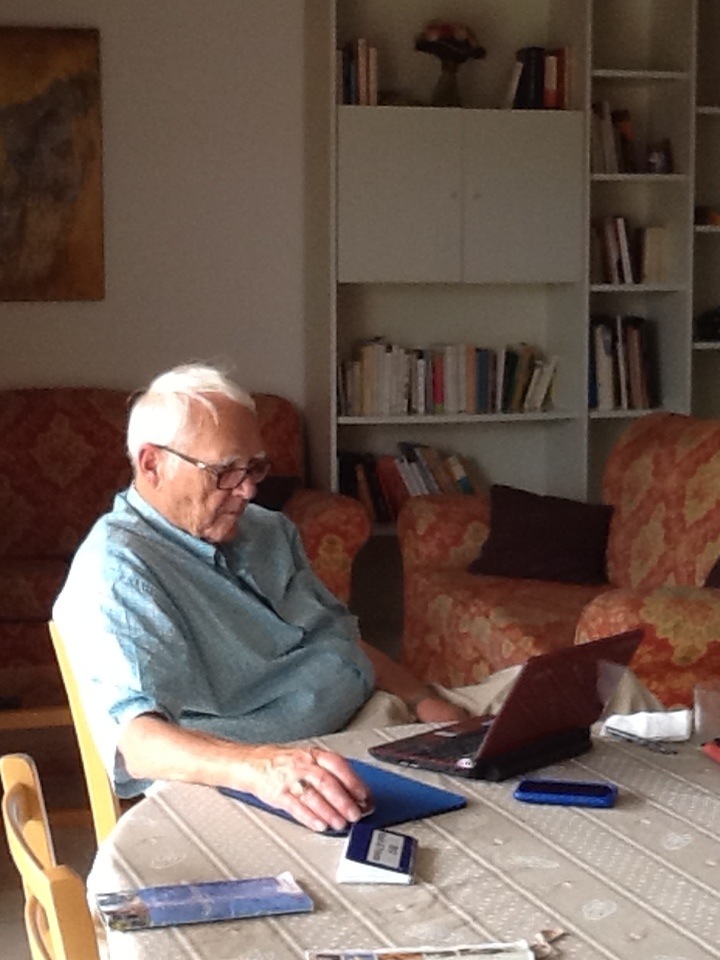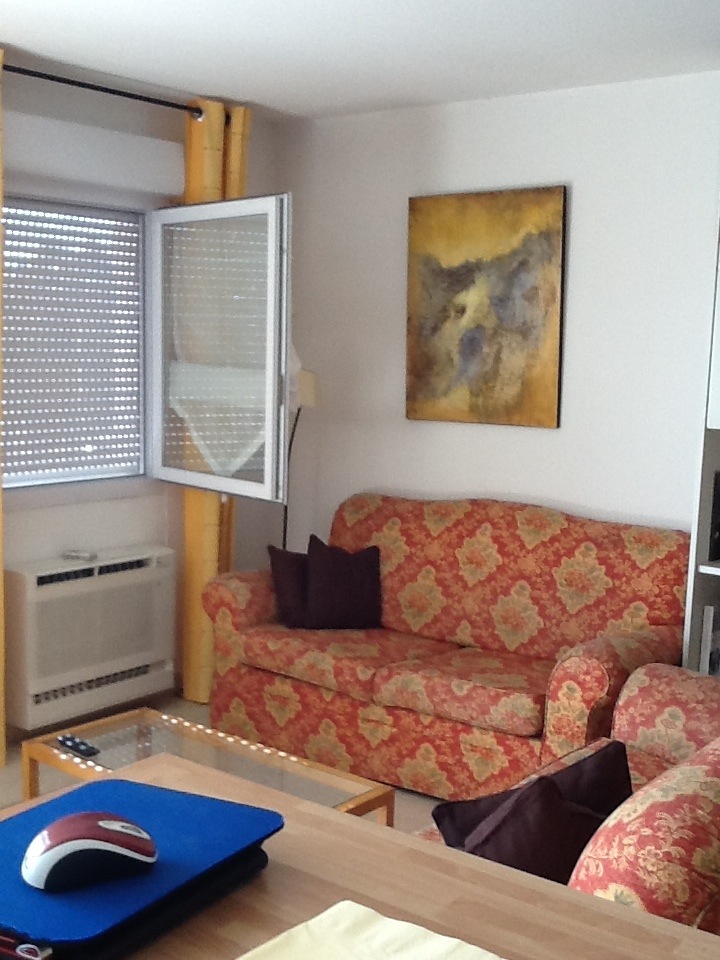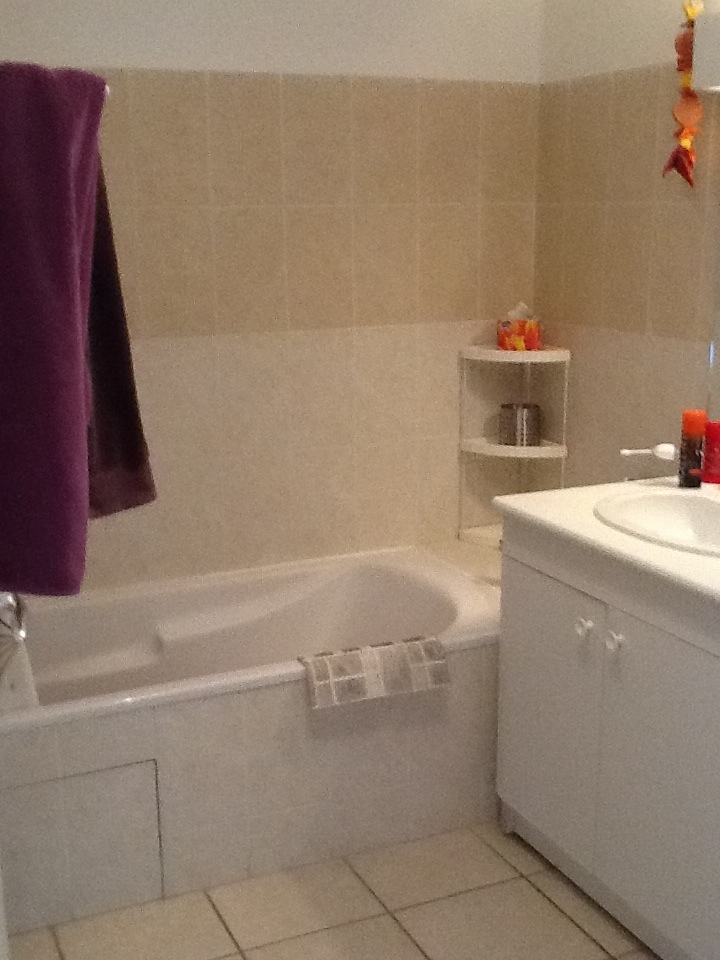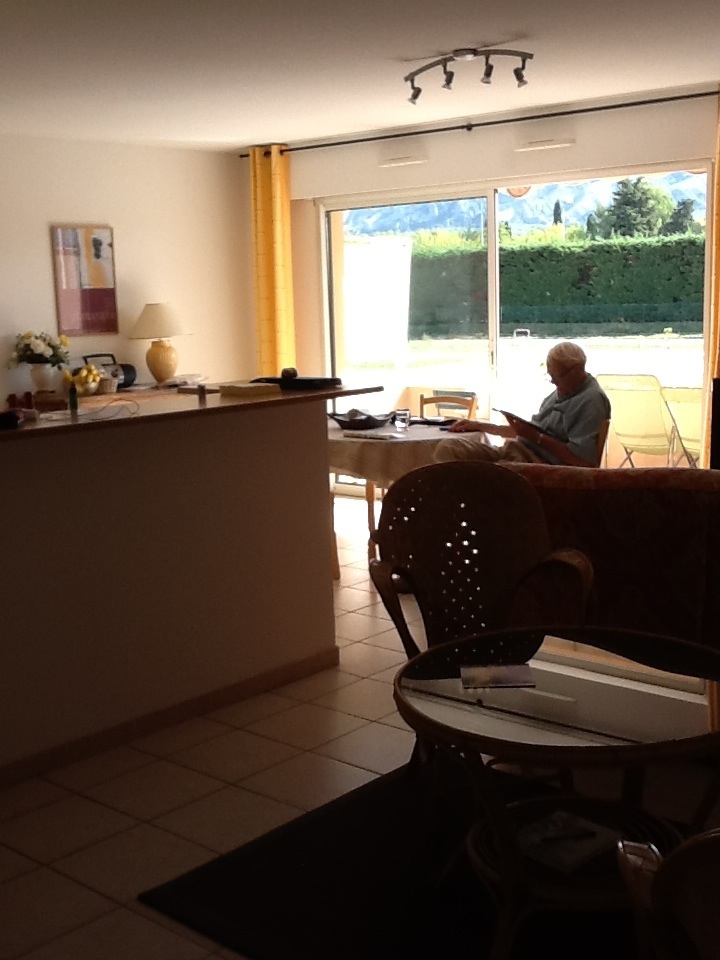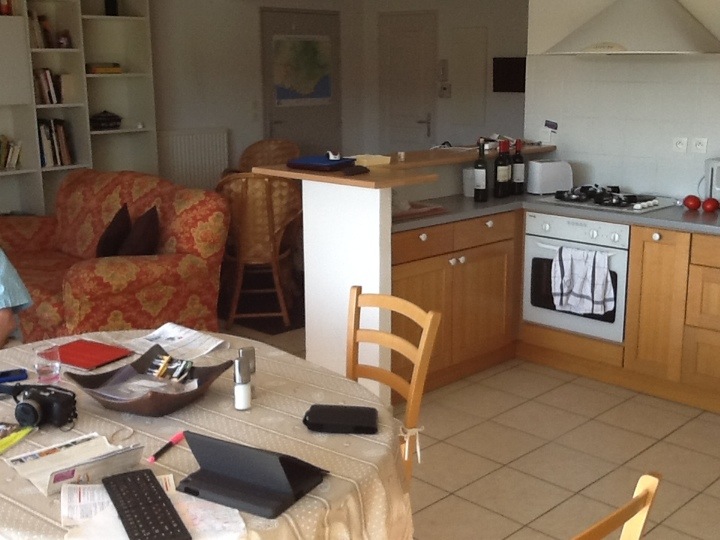Another full day but under threatening skies. Our first stop was Pont du Gard the not to be missed Roman aqueduct monument memorialized by tourists past as well as present.
The bridge has three tiers of arches, standing160 feet high. The aqueduct formerly carried water to the fountains, baths and homes of the citizens of Nîmes. It was used until the 6th century, with some parts used for significantly longer. Lack of maintenance after the 4th century meant that it became increasingly clogged by mineral deposits and debris that eventually choked off its flow of water.
After the collapse of the Roman Empire and the aqueduct’s diminished use, the Pont du Gard remained largely intact but as a toll bridge. For centuries local lords and bishops were responsible for its upkeep in exchange for the right to levy tolls on travelers using it to cross the river. Stones were looted and serious damage was inflicted during 17th century. Starting in the 18th century it became an important tourist destination and underwent a series of renovations between the 18th and 21st centuries.
The Pont du Gard has been a tourist attraction for centuries. Because of the outstanding quality of the bridge’s masonry it became an obligatory stop for French journeymen masons on their traditional tour around the country many of whom have left their names on the stonework. From the 18th century onwards, particularly after the construction of the new road bridge, it became a famous staging-post for travelers on the Grand Tour and thus became increasingly renowned as an object of historical importance and French national pride.
The novelist Henry James, visiting in 1884, was duly impressed and described the Pont du Gard as “unspeakably imposing, and nothing could well be more Roman.” He commented:
“The hugeness, the solidity, the unexpectedness, the monumental rectitude of the whole thing leave you nothing to say – at the time – and make you stand gazing. You simply feel that it is noble and perfect, that it has the quality of greatness … When the vague twilight began to gather, the lonely valley seemed to fill itself with the shadow of the Roman name, as if the mighty empire were still as erect as the supports of the aqueduct; and it was open to a solitary tourist, sitting there sentimental, to believe that no people has ever been, or will ever be, as great as that, measured, as we measure the greatness of an individual, by the push they gave to what they undertook. The Pont du Gard is one of the three or four deepest impressions they have left; it speaks of them in a manner with which they might have been satisfied.”
After the vastness of the the Pont du Gard we were off to play hard at the Arenes de Nimes “Trophee Taurum, a kind of acrobatic bull fight more on the order of Ancient Crete than Tiajuna.























